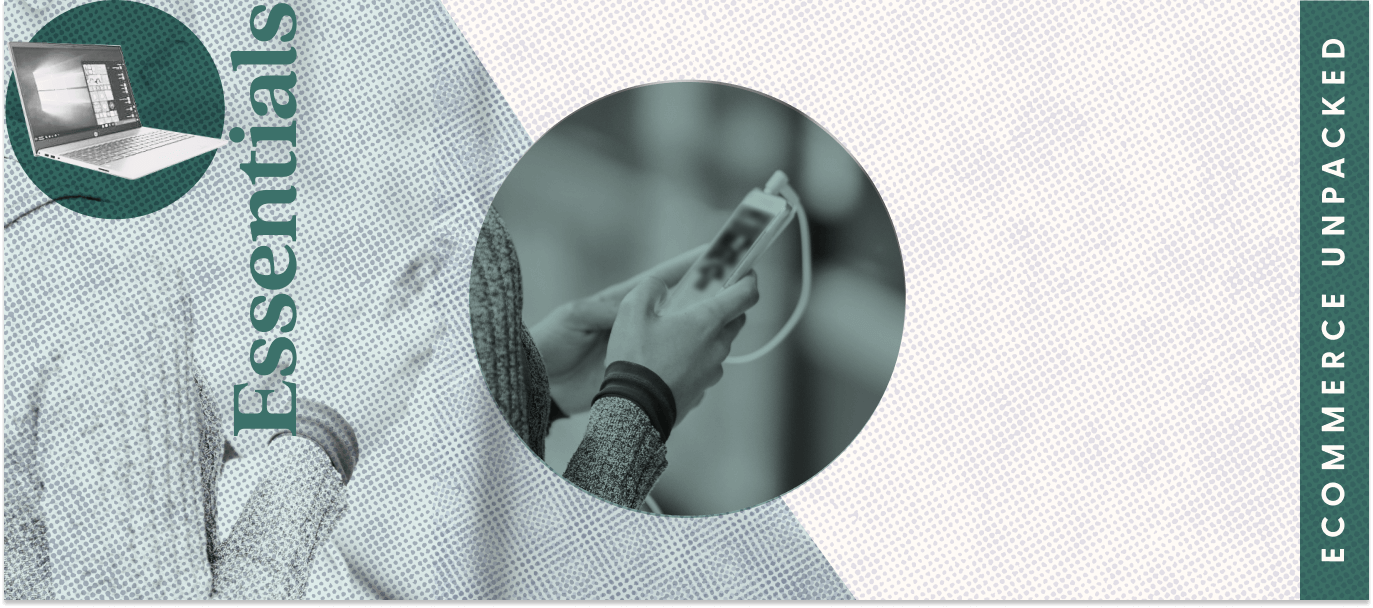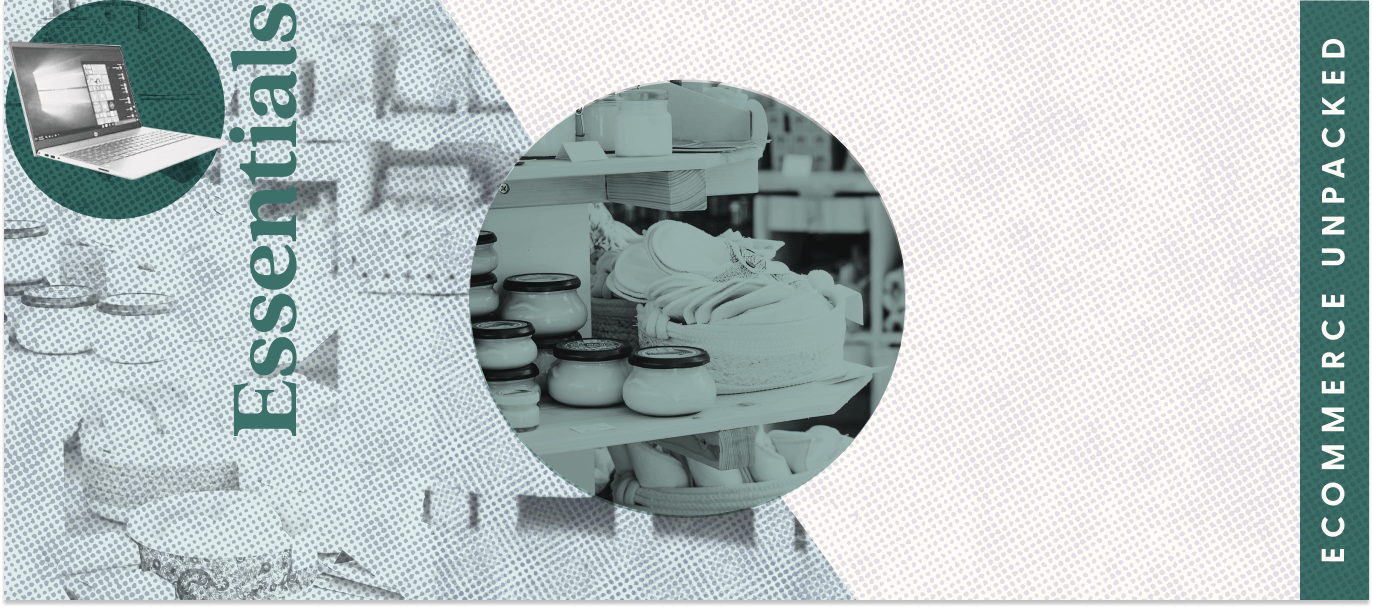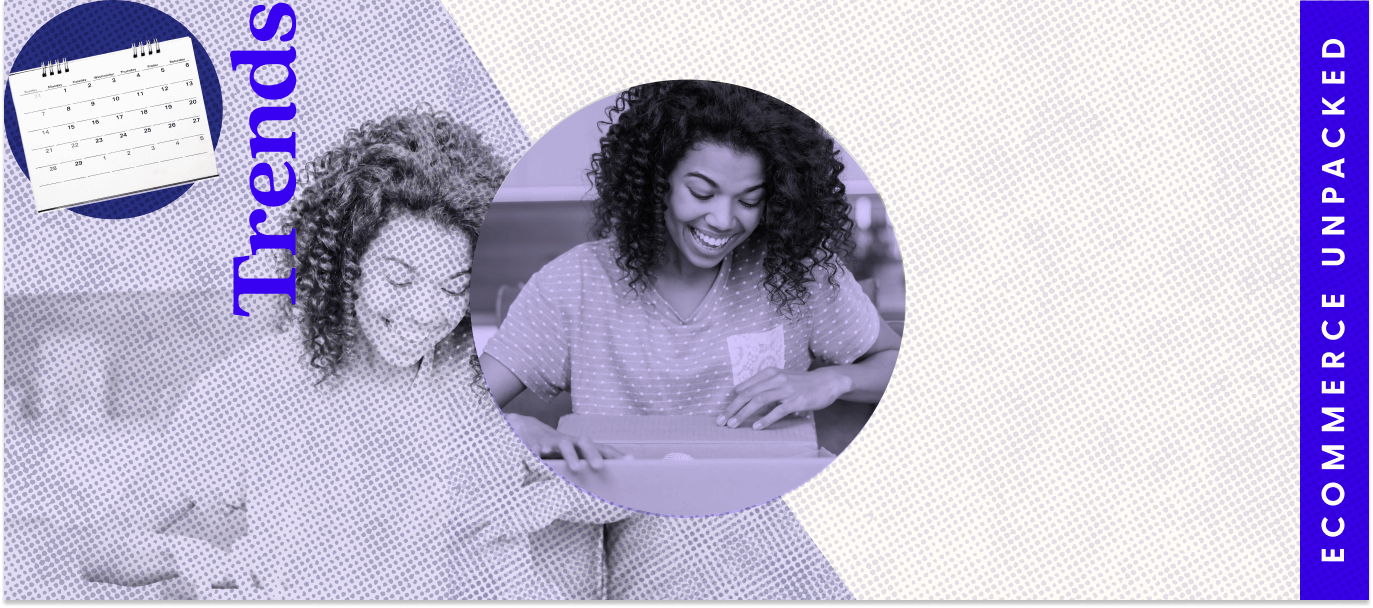In ecommerce marketing, gaining a captive audience can be a challenge. Customers are flooded with content vying for their attention, which can make it difficult to keep your products and services top of mind for them.
Facebook retargeting can help with that. This powerful pay-per-click strategy can show ads to people who are already familiar with your brand. This gives you control over who sees your ads, and means you can market to customers who are more likely to buy. These continued impressions can help turn brand awareness into actual purchases.
Read on to learn about seven ways you can use Facebook retargeting to grow your ecommerce business.
Key takeaways
- Facebook retargeting is a pay-per-click strategy that lets you show ads to specific audiences chosen from a range of criteria, from past visits to your website and purchase history to interests and location.
- The potential benefits of Facebook retargeting include increased brand awareness, boosted sales, and greater efficiency in ad performance.
- To maximize the effectiveness of Facebook retargeting, ecommerce business owners should use interest categories and lookalike audiences to find new customers.
- They should also use Facebook’s customer audience tool, try Meta Advantage+ catalog ads, leverage the power of video, share social proof, optimize with analytics, and take advantage of Facebook’s automated rules.
What is Facebook retargeting?
Facebook retargeting allows you to show ads to people who have already interacted with your brand in specific ways. These repeated impressions are intended to move those audience members along your conversion funnel, from awareness all the way to making purchases—and coming back for more.
Facebook retargeting begins with identifying your audience. This can be done with the following data sources:
- Customer contact information you’ve collected through a CRM
- New customers you’ve identified via a Facebook pixel installed on your website
- Shoppers that interacted with your site but didn’t complete a purchase (with data you collected with Facebook SDK)
Facebook links your data to known Facebook users or lookalike audiences similar to your potential buyers. You can then target those people with a series of Facebook ads.
Why choose Facebook retargeting over retargeting on other platforms?
These statistics help illustrate the potential power of Facebook as a marketing channel.
- Facebook is popular among U.S adults who earn more than $70,000 per year, and 70% of American adults use Facebook every day, according to the Pew Research Center.
- There are 1.2 billion Facebook users in Asia. Over 419 million users use Facebook monthly in Europe. India is the country with the most Facebook users, with 320 million users.
- 78% of US consumers made purchases through discoveries made on Facebook in 2018, according to Kleiner Perkins.
Facebook retargeting strategies to drive ecommerce growth
Facebook reports that at least 3 million companies actively advertise on their platform. Some run simple Facebook ad campaigns with information about their products and services. Retargeting is a more strategically sophisticated way to leverage the considerable power of Facebook as an advertising platform.
These seven strategies can help you make the most of Facebook retargeting:
- Find new customers with interest categories and lookalike audiences
- Leverage Facebook’s custom audience tool
- Try Meta Advantage+ catalog ads
- Leverage the power of video
- Share social proof
- Optimize with analytics
- Take advantage of Facebook’s automated rules
Now, let’s dive deeper into each of these strategies so you can craft a marketing strategy that works for your ecommerce business.
1. Find new customers with interest categories & lookalike audiences
Retargeting techniques often involve reaching customers that have heard of your brand. But what about potential customers that you’ve never reached? Facebook provides two tools to help reach them:
- Interest Categories: Facebook users posting content, engaging with posts, and scrolling through updates leave a trail of data behind. Their preferences are gathered into interest categories, which you can use to craft a Facebook ad made just for a custom audience interested in a specific product. For example, you might create an ad about pink shoes and share it with people interested in shoes.
- Lookalike Audiences: Input a customer list, and Facebook can find other users that seem similar based on specific criteria, such as interests, previous purchases, zip codes, and more. You can then target this lookalike audience with ads, leveraging those commonalities.
2. Leverage Facebook’s custom audience tool
Facebook is part of a larger ecosystem that includes Instagram and Snapchat. Using custom audiences, you can reach potential customers across those platforms.
Custom audiences start with lists. You might fill a list with people who:
- Have visited your website
- Have interacted with your app
- Are on an active customer list
- Have engaged with your in-person store
Facebook allows you to create up to 500 custom audience lists, and to target those lists with custom ads. This is a valuable way to potentially retain existing customers and entice them to make repeat purchases.
3. Try Meta Advantage+ catalog ads
Retargeting ads work best when they are specific. They can help drive sales by reminding potential customers of a product they almost bought but didn’t. Catalog ads make this possible.
Meta Advantage+ catalog ads (formerly called Dynamic Product Ads) allow companies to upload a product catalog and set up an overarching campaign. Facebook will show customers products tailored to their interest. And retargeting can remind customers of items they reviewed but didn’t buy.
4. Leverage the power of video
eMarketer reports that 46% of US Facebook users are watching videos on the platform at any given time. It behooves any ecommerce business to get in front of that considerable audience.
Video lets you share the benefits of your product and services in engaging ways. Invest in producing effective video, and show it to the right people using retargeting.
5. Share social proof
Customer testimonials can help skeptics understand why your products and your brand are worth their attention. They can cut through the marketing noise and help boost conversion rates.
Gather reviews from sites like Amazon, Google, or Shopify, and work them into retargeting ads to help convince potential customers.
6. Optimize with analytics
Facebook offers powerful tracking tools that can help justify your ad spend. These tools can also help Facebook get better at delivering ads to the right people at the right places in your conversion funnel.
For example, Facebook Pixel gathers data on people who visit your website. The Conversions API is a similar tool, but it’s intended to consider your brand’s marketing data and work with Facebook’s systems to enhance ad targeting and cut costs across Meta services.
7. Take advantage of Facebook’s automated rules
Facebook’s automated rules help you run your ads efficiently, even when you’re off the clock. Create custom rules that:
- Pause underperforming ads
- Boost ads that are outperforming others
- Limit ad share when your customers aren’t online
This can save you both time and money by making sure your ads are earning their keep.
Create opportunities for growth with Facebook retargeting ads
When it comes to winning customers, you need more than just a good first impression.
With effective Facebook retargeting, you can generate a continual series of impressions, each calibrated to meet potential customers exactly where they are in your conversion funnel.
By leveraging this marketing tool effectively, you can help move those potential customers along that funnel—all the way to buying from you.
FAQs on ways to use Facebook retargeting to drive ecommerce success
How long can you retarget on Facebook?
Retargeting ads last indefinitely. They don’t automatically expire, so they’ll keep working as long as you want them to do so. You can retarget on Facebook as long as you like.
What is the maximum audience size for retargeting Facebook?
Facebook doesn’t set a maximum audience size at this time. Your audience size might be limited by how many customers are on your lists.
What is the difference between remarketing and retargeting?
Retargeting involves showing ads to people who have interacted with your site without purchasing anything. Remarketing is similar, but it typically involves more traditional methods like email.
Sources
[1] Ecommerce Business Failure Rate at 90% After 120 Days—How to Avoid It with Your Business (Small Business Trends)
[2] Number of Monthly Active Facebook Users Worldwide as of Third Quarter 2022 (Statista)
[3] 31 Branding Statistics Every Small Business Should Know in 2022 (Fit Small Business)
[4] Retargeting (Meta)
[5] Distribution of Facebook Users Worldwide as of January 2022 by Age and Gender (Statista)
[6] Leading Countries Based on Facebook Audience Size as of January 2022 (Statista)
[7] Facebook monthly active users (MAU) in Europe as of 3rd quarter 2022 (Statista)
[8] 63 Facebook Statistics to Know for 2022 (HubSpot)
[9] 2022 Social Media Industry Benchmarks (HubSpot)
[10] 2022 Social Media Industry Benchmarks (Social Insider)
[11] How People Are Watching Video and What This Means for Advertisers (Facebook Business)
[12] The Evolution of Facebook Watch (Meta)
[13] Shifts for 2020: Multisensory Multipliers (Meta)
[14] Insights to Go (Meta)
[15] State of Social 2019 (Buffer)
[16] 3 Million Advertisers (Meta)
[17] About Custom Audiences (Meta)
[18] Personalize Your Ads Without the Manual Work (Meta)
[19] How to Use Customer Testimonials to Generate 62% More Revenue From Every Customer, Every Visit (Big Commerce)



